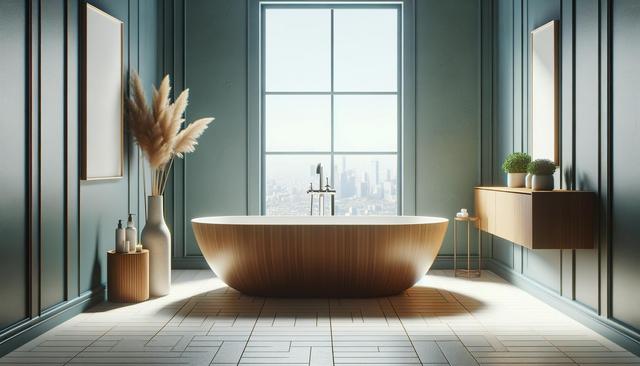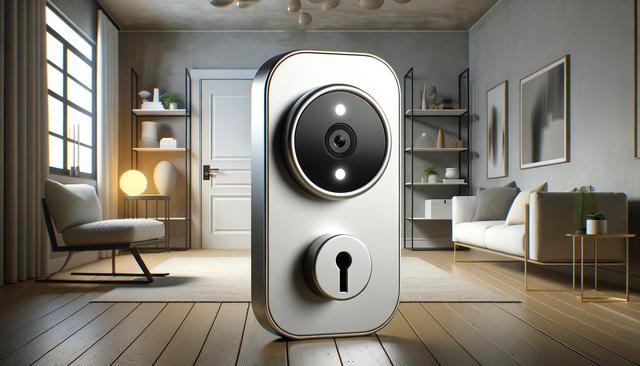Understanding Different Types of Bathtubs
Bathtubs come in a variety of styles, sizes, and materials, each suited for different needs and spaces. Whether you’re planning a full bathroom renovation or a simple upgrade, knowing the types of bathtubs available can help guide your decision. Common types include alcove tubs, freestanding tubs, drop-in tubs, and corner tubs. Each design offers a unique combination of space efficiency, aesthetics, and functionality. For instance, alcove tubs are ideal for smaller bathrooms, while freestanding tubs serve as a statement piece in spacious layouts. Material options also vary, with acrylic, fiberglass, cast iron, and stone resin being popular choices. Each material has its pros and cons in terms of weight, durability, heat retention, and maintenance.
Here are a few points to consider when choosing a bathtub type:
- Space availability and bathroom layout
- Desired aesthetic and style
- Frequency and type of use (e.g., daily bathing, soaking, or therapeutic use)
- Budget for purchase and installation
By understanding your specific needs and constraints, you can narrow down the bathtub types that work best for your home and lifestyle.
Key Features to Look for in a Bathtub
When selecting a bathtub, certain features can enhance your comfort, safety, and overall bathing experience. Depth and length are important dimensions to consider for a comfortable soak. Ergonomic contours and built-in armrests can provide added support, especially for longer baths. Additionally, modern tubs often incorporate advanced features such as hydrotherapy jets, heated surfaces, and LED lighting to elevate the experience. Some models include non-slip bottoms and grab bars for increased safety, particularly for households with elderly members or young children.
Important features to evaluate include:
- Drain placement and plumbing compatibility
- Material quality and insulation properties
- Ease of cleaning and maintenance
- Additional functionalities such as whirlpool or air jets
Choosing a bathtub with the right combination of features can significantly influence your comfort and long-term satisfaction with the product.
Installation Considerations and Costs
Installing a bathtub isn’t just about aesthetics—it involves structural, plumbing, and sometimes electrical work. The complexity of the installation largely depends on the type of tub you choose. Alcove tubs, for example, are generally easier and less expensive to install compared to a freestanding or whirlpool tub, which may require additional floor reinforcement or electrical wiring. Labor costs also vary depending on geographic location and the complexity of the job. It’s important to consult with a licensed contractor to assess your bathroom’s layout, plumbing access, and any potential modifications needed.
Cost factors to keep in mind include:
- Removal of the old bathtub (if applicable)
- Plumbing modifications
- Electrical work for features like jets or heaters
- Tile or wall refinishing around the tub area
Budgeting for both the purchase and installation ensures that you’re financially prepared for the full scope of the project and helps avoid unexpected expenses.
Maintenance and Longevity
Proper maintenance is key to extending the life of your bathtub and preserving its appearance. Different materials require different care routines. For example, acrylic tubs are lightweight and resistant to chipping but can be scratched easily, requiring gentle cleaners and soft cloths. Cast iron tubs are extremely durable and retain heat well but are heavier and may need occasional re-enameling over time. Regular cleaning prevents soap scum, mildew build-up, and staining. It’s also wise to inspect caulking and seals periodically to prevent water damage.
Here are a few maintenance tips for bathtub longevity:
- Use non-abrasive cleaners suitable for your tub’s material
- Rinse thoroughly after each use to prevent residue buildup
- Repair chips or cracks promptly to avoid further damage
- Keep the surrounding area dry to prevent mold growth
By following a consistent maintenance routine, your bathtub can remain a functional and attractive feature in your bathroom for many years.
Enhancing Your Bathing Experience
Beyond choosing the right tub and maintaining it well, you can elevate your bathing experience through thoughtful additions and accessories. Items like bath pillows, caddies, scented candles, and bath salts can create a spa-like atmosphere at home. Temperature control features or overflow drains can make soaking safer and more enjoyable. If relaxation is your primary goal, consider features like chromotherapy lighting or built-in sound systems for a multisensory experience. These additions don’t just enhance comfort—they also contribute to stress relief and overall well-being.
Popular accessories to enhance your bath include:
- Waterproof speakers or relaxation playlists
- Essential oil diffusers or bath oils
- Adjustable bath trays for holding books, tablets, or drinks
- Dim lighting or candles for ambiance
Investing in these details can transform a simple bath into a daily retreat, offering a valuable break from the stress of everyday life.
Conclusion: Choosing a Bathtub That Fits Your Lifestyle
Whether you’re remodeling your bathroom or simply updating an old fixture, the right bathtub can significantly enhance both the form and function of your space. By understanding the different types of bathtubs, key features, installation requirements, and maintenance needs, you can make an informed decision that aligns with your lifestyle and budget. Don’t underestimate the impact a thoughtfully chosen bathtub can have—not just on your bathroom’s aesthetics, but on your daily comfort and relaxation routines.


